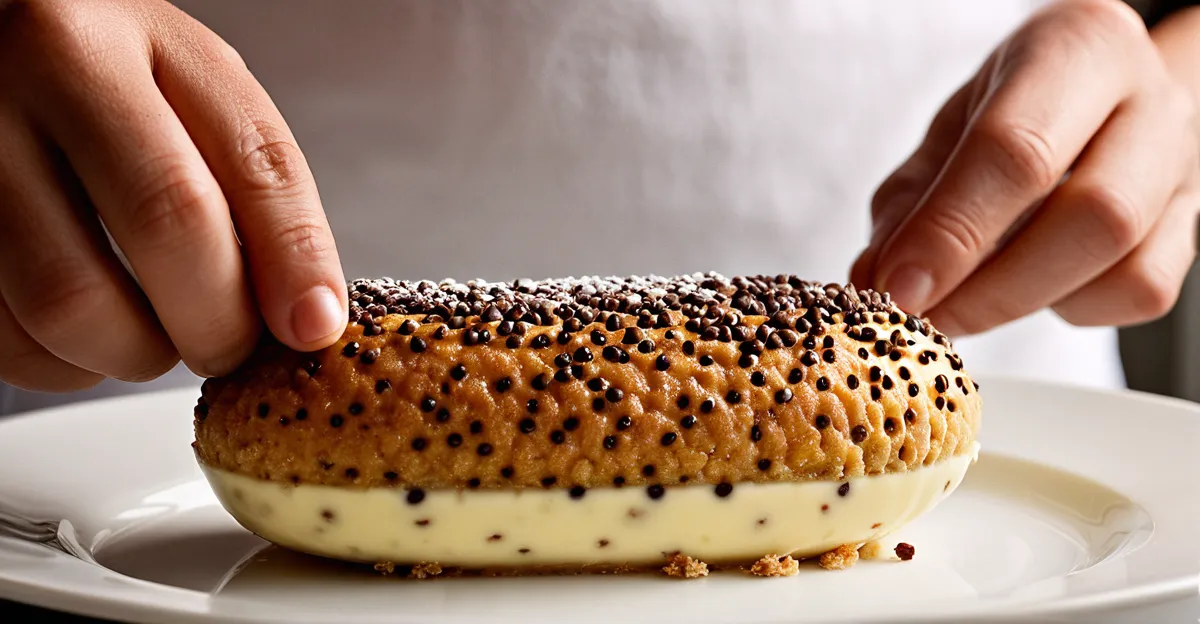Essential Ingredients and Kitchen Equipment for Spotted Dick Pudding
Before embarking on making this classic traditional British dessert, it’s crucial to gather the spotted dick pudding ingredients carefully. The fundamental components include suet, self-raising flour, sugar, and dried fruits, often currants or raisins, which create the distinctive “spots.” These ingredients work together to form the rich and moist texture that characterizes the pudding. For those with dietary preferences, such as vegetarian or vegan, suet substitutes like vegetable shortening or grated butter alternatives can be used without compromising texture.
In terms of kitchen tools, a sturdy mixing bowl and a wooden spoon are essential for combining the ingredients thoroughly. A pudding basin or heatproof bowl equipped with parchment paper and a tea towel to cover the top will help steam the pudding effectively. Steaming is preferred to maintain moisture but baking pans can also be used with careful temperature control. Additionally, a steamer or a large pot with a lid is necessary to provide the right cooking environment.
Topic to read : How do you master the art of creating a savory Scotch egg?
Having the right spotted dick pudding ingredients and equipment ensures a successful result every time, supporting both traditional methods and modern adaptations tailored to individual needs.
Step-by-Step Guide to Making Spotted Dick Pudding
Preparing a classic spotted dick pudding recipe begins with carefully mixing the dry ingredients and incorporating the dried fruit evenly to create the signature “spots.” First, combine the spotted dick pudding ingredients, such as suet, self-raising flour, and sugar, in a large bowl with a spoon or spatula. Gently fold in currants or raisins to avoid crushing them, ensuring each bite has a balanced fruit distribution.
In the same genre : What are the essential tips for baking a classic scone?
Next, bind the mixture with milk or water, stirring until a sticky dough forms. Press this into a greased pudding basin or heatproof bowl, smoothing the surface to help it cook evenly. Cover securely with a lid, parchment paper, or foil to trap steam during cooking.
For steaming, place the pudding basin in a steamer or a large pot with boiling water beneath, and steam for about 1.5 to 2 hours. This method keeps the pudding moist and tender. Alternatively, baking at a moderate temperature wrapped tightly in foil works but requires vigilant timing to prevent drying.
Precise kitchen tools—a sturdy mixing bowl, spoon, and suitable basin—ensure consistent results. Following this step-by-step pudding method produces a warm, comforting homemade dessert worthy of traditional British desserts.

